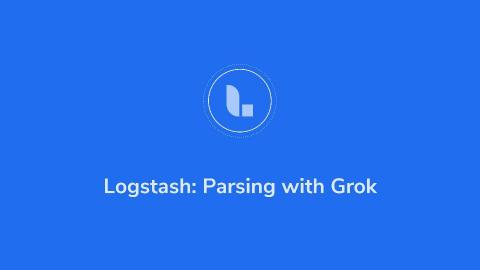Logstash Grok Tutorial with Examples
Logstash can parse CSV and JSON files easily, but that’s because data in those formats are perfectly organized and ready for Elasticsearch analysis. Sometimes, though, we need to work with unstructured data, like plain-text logs for example. In these cases, we’ll need to parse the data to make it structured data using Logstash Grok. This tutorial will enable you to take full advantage of Elasticsearch’s analysis and querying capabilities by parsing with Logstash Grok.








